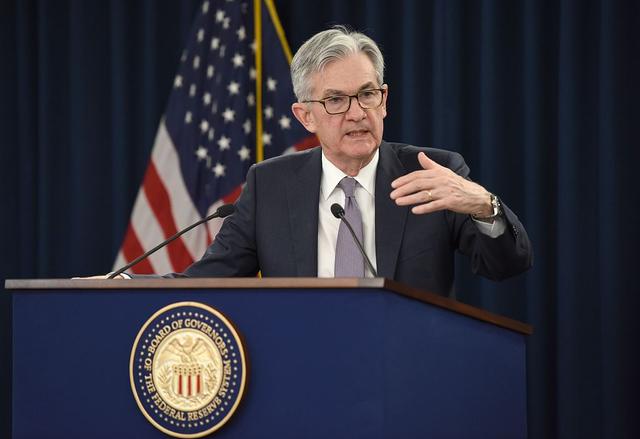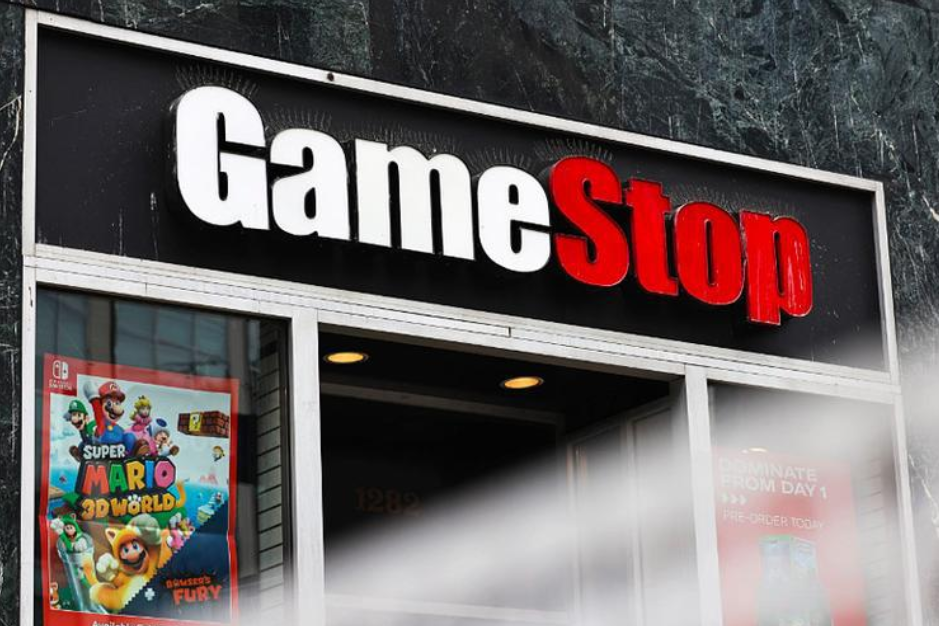
In a recent public speech, Federal Reserve Chair Powell frankly admitted that the US economy is walking on a tightrope full of uncertainties, facing the dual challenges of inflationary pressure and weak employment. If the interest rate cut is too aggressive, it may lead to the failure to achieve the 2% inflation target. Conversely, if the austerity policy lasts too long, it may weaken the labor market. This statement reveals the dilemma faced by monetary policy makers.
The current US economy presents a contradictory picture. The GDP growth rate in the first half of 2025 is only 1.5%, a significant slowdown from the 2.5% in 2024. The consumption engine has slowed down, household spending has become more cautious, and the housing market remains sluggish. Although corporate investment has become a bright spot, the overall economic momentum has weakened. Powell pointed out that uncertainty is suppressing business expectations. Although the consumer confidence indicator has rebounded from the spring low, it is still lower than the level at the beginning of the year.
In terms of the labor market, the 4.3% unemployment rate in August hides hidden dangers. In the past three months, only 29,000 new jobs were added on average each month, which is already lower than the level needed to maintain a stable unemployment rate. The latest meeting statement of the Federal Reserve has changed the expression "labor market conditions remain robust" to "employment downside risks have risen", sending out a clear warning signal.
The inflation situation is equally severe. The overall inflation rate of PCE in August reached 2.7%, and the core PCE rose to 2.9%, remaining consistently above the 2% target. Powell particularly pointed out that the increase in tariffs directly pushed up import costs, causing commodity prices to shift from falling to rising. This cost pressure is being passed on throughout the supply chain and may become more evident in the coming quarters.
Facing a complex situation, the Federal Reserve decided in September to cut interest rates by 25 basis points to a range of 4.00%-4.25%. This is the first interest rate cut in 2025. Powell emphasized that the core of the decision-making is "risk management" rather than a preset path. The policy stance remains "moderately restrictive", reflecting its cautious attitude in attempting to balance the dual mission of "full employment and price stability".
This decision-making process is fraught with political tension. Stephen Milne, the new governor of the Federal Reserve nominated by President Trump, cast the only dissenting vote, advocating a 50 basis point interest rate cut. Milan's appointment broke the tradition - he retained the position of chairperson of the White House Council of Economic Advisers at the same time, forming a special "dual identity" arrangement, which was regarded as a landmark move of executive power's intervention in monetary policy.
The Trump administration has been continuously pressuring the Federal Reserve to significantly cut interest rates, with multiple considerations behind this: for every 1 percentage point reduction in interest rates, the government can save nearly 1 trillion US dollars in interest expenses on Treasury bonds. Low interest rates can also provide fiscal space for the "tax reduction + infrastructure + welfare" plan. At the same time, it will accumulate political capital for the 2026 midterm elections by stimulating the economy.
Looking ahead, the US economy is confronted with four major variables: intensive adjustments in trade, immigration, fiscal and regulatory policies. These policies, which are still in the formative stage, have become the biggest variable in the economic outlook. Powell emphasized that the transmission effect of tariff hikes on inflation will be closely monitored. Although its impact is more likely to be a "one-off price increase", it may still manifest as an increase in inflation in the coming quarters.
The Federal Reserve has made it clear that it will not adopt a preset policy path but will adjust flexibly based on data. The key lies in distinguishing between "short-term fluctuations" and "trend changes" to prevent policies from being disturbed by market noise. Judging from the latest dot plot, the interest rate center in 2025 May fall within the range of 3.50% to 3.75%, suggesting that there is still a 50 basis point room for a rate cut. However, the specific path will depend on the actual economic performance.
In this balancing act, the Federal Reserve led by Powell attempted to find a middle way between political pressure and technical decision-making. As the appointment date for the Federal Reserve chair in 2026 approaches, the battle for the soul of monetary policy will continue. Every step of the Federal Reserve's choice not only concerns the direction of the US economy, but also will influence the flow of global market funds and the economic landscape. In a complex environment where dual risks coexist, policymakers need to remain vigilant and flexible in order to strike a sustainable balance between inflation control and employment security.

On January 7th local time, GameStop (GME.US) announced that the company's board of directors had approved a potential executive compensation package worth $3.54 billion, which was targeted at the company's CEO, Ryan Cohen. At the same time, this new compensation package set extremely high performance thresholds: Cohen, the CEO, needed to increase the company's market capitalization from $9.5 billion to $100 billion.
On January 7th local time, GameStop (GME.US) announced that…
According to the British media The Guardian, recently US Pr…
In today's era of deep integration of globalization and dig…
In early 2026, US President Trump forcibly took control of …
Recently, the corn market dynamics analysis released by Aus…
Donald Trump has proposed an "immediate" restriction on lar…